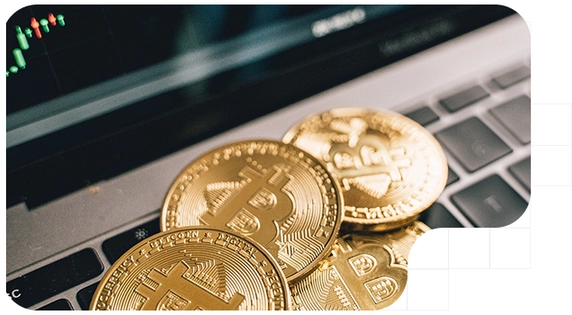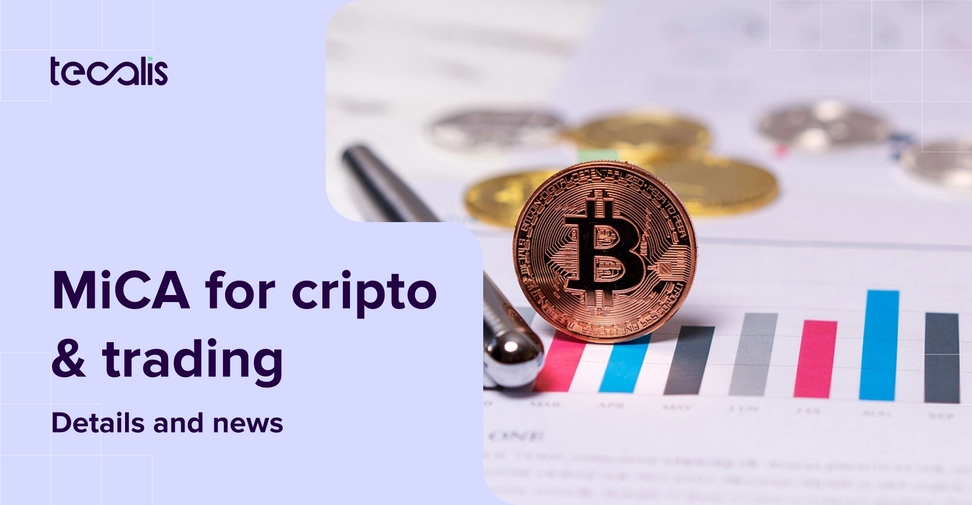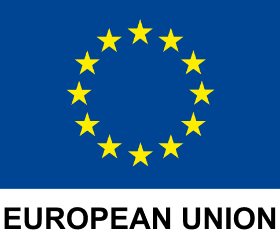Index
Get the latest news right in your inbox
The recent entry into force of the MiCA regulation (Markets in Crypto-Assets Regulation) in the European Union marks a turning point in the crypto market. This regulation, which establishes a comprehensive regulatory framework for cryptoassets, seeks to protect investors, guarantee market integrity and encourage innovation in a sector that until now operated in a regulatory gray zone.
With its entry into force in 2024, MiCA will affect exchanges, stablecoin issuers, custody providers and other key players. In this article, we will explore in depth the main changes introduced by MiCA, the impact it will have on the crypto market, emerging trends and technological solutions that will facilitate its implementation.
Main changes of the MiCA regulation
MiCA regulation is considered the first comprehensive regulation on cryptoassets in the European Union. Among the most prominent changes are:
Classification and definition of cryptoassets
According to the MiCA regulation, a broad and unified definition of cryptoassets is established. Cryptoassets are classified into three broad categories:
- Asset-Related Tokens (ART)
These are cryptoassets designed to stabilize their value by referencing it to one or more underlying assets, such as official currencies, commodities or even a basket of assets. A clear example is stablecoins that are backed by multiple currencies or assets. - Electronic Money Tokens (EMT)
These tokens are structured to maintain a 1:1 relationship with an official currency, functioning as a digital form of fiat money. They are expected to perform similar functions to traditional electronic money. - Other cryptoassets
This category encompasses those assets that do not fall into the previous two classifications, including cryptocurrencies such as Bitcoin or Ethereum, and utility tokens that allow access to products or services offered by the issuer.
Transparency requirements and whitepaper publication
One of the pillars of the MiCA is the improvement of market transparency. Issuers of cryptoassets will be required to publish an informative document, known as a whitepaper, containing:
- Detailed description of the project and the issuer.
- Characteristics and functionalities of the cryptoasset.
- Risks inherent to the investment in the asset.
- Investor protection mechanisms.
This obligation will not only inform the public, but will also serve as a monitoring tool for the regulatory authorities, allowing for more effective market supervision.
Authorization and licensing for crypto service providers
Cryptoasset service providers (CASPs) must obtain a license from the competent authority in their home country in order to operate in the EU. This includes:
- Exchanges and trading platforms.
- Custody providers and digital wallets.
- Cryptoasset advisory firms.
The authorization process involves meeting rigorous requirements for solvency, risk management, anti-money laundering (AML) policies and cybersecurity systems. This regulatory framework will facilitate the entry of institutional players into the crypto market and increase investor confidence
Supervision and sanctions
The MiCA regulation grants the competent authorities, such as the Comisión Nacional del Mercado de Valores (CNMV) in Spain, broad supervisory and inspection powers. Among the control measures are the following:
- The obligation to report periodically on the financial and operating situation of issuers and suppliers.
- The establishment of a regime of sanctions for those who fail to comply with the regulations, including significant fines and the suspension or revocation of licenses.
- Coordination between European authorities (e.g. ESMA, EBA and the European Central Bank) to ensure uniform supervision across the EU.
Inverter protection
MiCA regulation introduces specific measures for investor protection, including:
- Mandatory disclosure requirements to ensure that investors are fully aware of the associated risks.
- Establishment of mechanisms for the management and resolution of conflicts of interest.
- Rules that prevent market manipulation, insider trading and reduce the risk of fraud, contributing to a fairer and more transparent trading environment.
Trends in the crypto market
The growth of decentralized finance (DeFi) continues to drive the crypto market, as platforms that offer financial services without intermediaries gain greater trust by meeting transparency and security standards. This favors the adoption of layer two solutions, which improve scalability and speed up transactions.
Another important trend is the tokenization of traditional assets, which allows assets such as real estate, stocks or commodities to be represented in the form of digital tokens. This practice facilitates access to illiquid markets by allowing the trading of fractions of assets, reducing costs and time by eliminating intermediaries and optimizing portfolio diversification.
Likewise, the growth and consolidation of stablecoins is reinforced by strict reserve and transparency requirements, which generates greater trust among users and investors and facilitates their use in everyday payments. In parallel, the integration of emerging technologies such as artificial intelligence, Big Data and advanced identity verification systems is enabling improved risk management and regulatory compliance, thus driving a safer and more innovative crypto ecosystem.

Impact of MiCA regulation and the new trends in the crypto market
The implementation of the MiCA will radically transform the cryptoasset environment in Europe, with repercussions that will extend globally. Below, we list the most significant effects on the market:
1. Increased confidence and investment
With clear and unified regulation, both individual and institutional investors will find it safer to operate in the crypto market. Mandatory transparency and supervision of participating entities will allow:
- Greater confidence
Knowing that companies must meet strict standards of solvency and transparency, investors will feel more protected against fraud and manipulation. - Increased institutional investment
Banks and large financial institutions, which until now were cautious in the absence of regulation, will be able to view the crypto market as an attractive opportunity. This will drive the adoption of new financial products based on cryptoassets.
2. Consolidation and professionalization of the sector
The need to obtain licenses and comply with strict regulations will mean that only the most serious and solvent players will be able to operate in the market. This will entail:
- Elimination of unprofessional players
The number of companies operating without proper supervision will be reduced, which will reduce the risk of fraud and sudden bankruptcies. - Increased professionalization
Entities that meet the new requirements will be prompted to invest in advanced technologies, staff training and risk management systems, raising the overall level of the market. - European passport
Once authorized, companies will be able to operate in all EU member states without the need for additional licenses, facilitating international expansion and competitiveness.
3. Challenges for startups and SMEs
While regulation brings benefits in terms of security and professionalization, it also poses significant challenges, especially for startups and SMEs operating in the crypto arena. Among these challenges are:
- Compliance costs
Adapting to new regulatory standards requires significant investments in infrastructure, legal counsel and technology. This can be an obstacle for small companies that lack the necessary resources. - Barriers to entry
The licensing process can be complex and slow, which could limit the entry of new competitors and favor large established players. - Innovation versus regulation
There is a risk that excessive regulatory rigidity will stifle the creativity and rapid innovation that characterizes the crypto sector. It is therefore essential that regulation evolves and adapts to new technologies without sacrificing investor protection.
Technological solutions for the implementation of the MiCA regulation
The adoption of the MiCA implies significant operational challenges for companies participating in the crypto ecosystem. To adapt to these new regulatory requirements, technological solutions will be essential. Below are some of the tools that will facilitate implementation and regulatory compliance:

Automation of compliance processes
The complexity and breadth of MiCA regulatory requirements force companies to automate as many processes as possible. Some key solutions include:
- Compliance management software
These platforms help monitor, manage and report on all operations related to the issuance and trading of cryptoassets. They facilitate the generation of regular reports for the authorities and ensure that all deadlines and documentary requirements are met. - Automated identity verification systems (KYC/AML)
Using artificial intelligence and facial and biometric recognition technologies, these systems enable real-time verification processes, reducing onboarding times and minimizing risks associated with money laundering.
Regulatory integration solutions
Since regulation involves the integration of multiple regulatory requirements, from AML/KYC to financial reporting, it is crucial to have integrated platforms that:
- Reconcile data from various sources
Allow you to integrate information from internal systems, trading platforms and external databases to generate consistent and up-to-date reports. - Facilitate cross-departmental collaboration
Collaborative tools and centralized dashboards ensure that compliance, technology and risk management teams work in a coordinated manner to meet all regulatory requirements.
Conclusion
The implementation of the MiCA regulation represents a fundamental milestone on the road to a more secure, transparent and professional crypto market in Europe. With the approval of this regulation, the EU positions itself as a pioneer in the regulation of cryptoassets, providing a legal framework that protects investors, encourages innovation and ensures fair competition among market players.
























